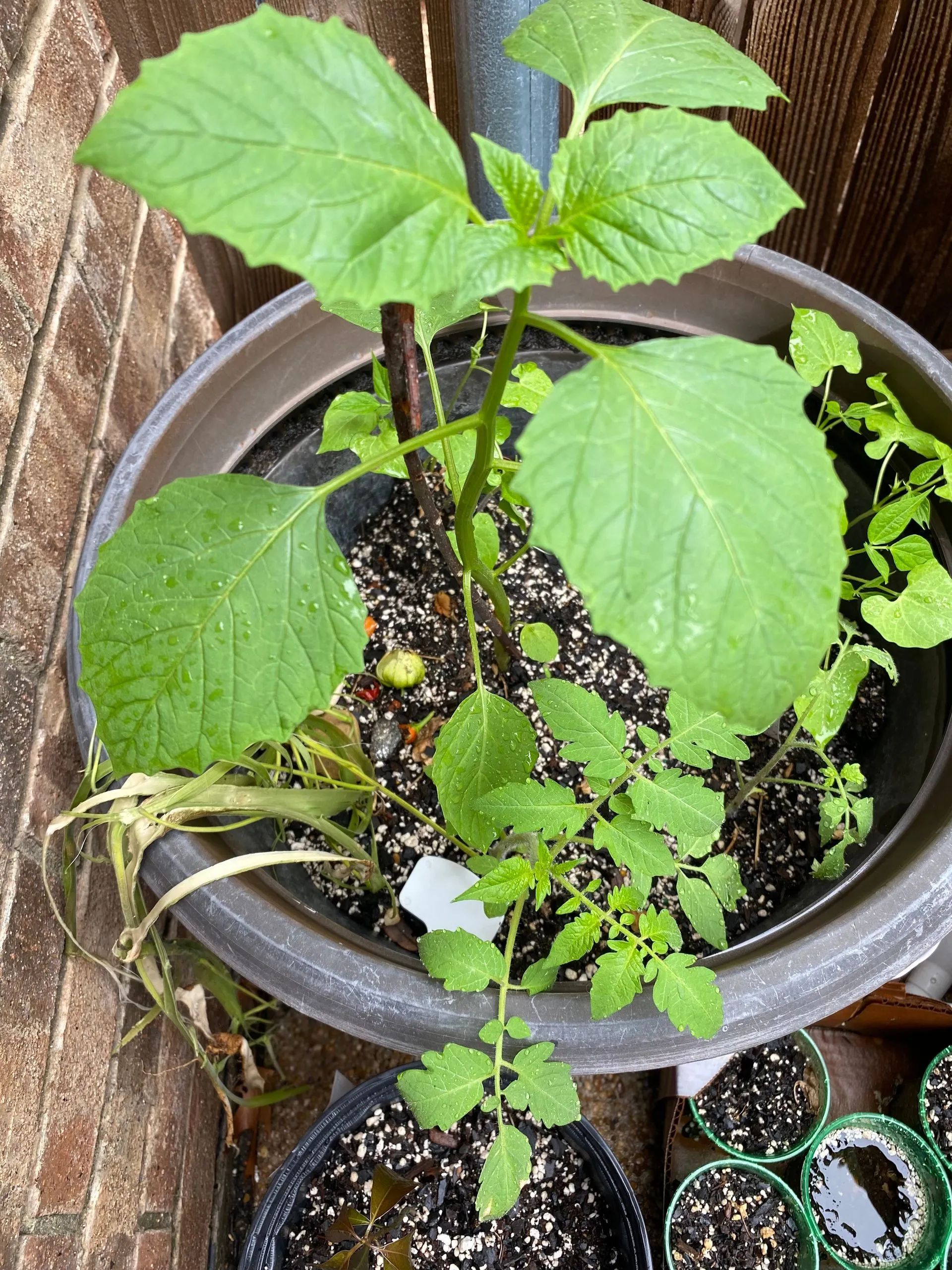Your Complete Guide to Growing Flavorful Tomatillos for a Bountiful Harvest

Tomatillos, often referred to as Mexican husk tomatoes, are a delightful addition to any garden. With their vibrant green fruits encased in papery husks, they bring a unique flavor to dishes like salsa verde. Whether you're a seasoned gardener or a beginner, this guide will walk you through the essentials of planting, caring for, and enjoying tomatillo plants.
What Are Tomatillos?
Tomatillos (Physalis philadelphica) are small, tangy fruits surrounded by a husk, commonly used in Mexican cuisine. Unlike regular tomatoes, tomatillos have a firmer texture and a bright, citrusy flavor. These plants are part of the nightshade family, thriving in warm climates with plenty of sunlight.
How to Plant Tomatillos
To grow tomatillos successfully, consider the following steps:
1. Choose the Right Location:
Select a spot with full sun exposure (6–8 hours of sunlight daily).
Ensure well-draining soil rich in organic matter.
2. Start with Seeds or Transplants:
Begin indoors 6–8 weeks before the last frost or directly sow seeds after the risk of frost has passed.
Space plants 18–24 inches apart to allow room for growth.
3. Plant in Pairs:
Tomatillos are self-incompatible, meaning they need another tomatillo plant nearby for pollination. Plant at least two for fruit production.
Caring for Your Tomatillo Plants
1. Watering:
Keep the soil consistently moist but not waterlogged.
Water deeply once or twice a week, depending on the weather.
2. Support and Pruning:
Use stakes or cages to support the plants as they grow tall and bushy.
Prune excess foliage to improve airflow and reduce the risk of disease.
3. Fertilizing:
Apply a balanced fertilizer once the plants start flowering.
Avoid over-fertilizing, as this can lead to excessive foliage and fewer fruits.
4. Pest and Disease Management:
Watch for common pests like aphids and flea beetles.
Use organic pest control methods, such as neem oil or insecticidal soap.
Prevent diseases by ensuring proper spacing and avoiding overhead watering.
Harvesting and Using Tomatillos
When to Harvest:
Tomatillos are ready to pick when the husks turn papery and the fruits fill out completely. The husks may begin to split slightly.
How to Use Tomatillos:
After removing the husks and rinsing off their sticky residue, tomatillos can be used raw or cooked. They’re perfect for making:
Salsa verde
Soups and stews
Roasted or grilled side dishes
Common Challenges and Solutions
1. No Fruit Production:
Ensure you have at least two plants for pollination.
Attract pollinators like bees by planting flowers nearby.
2. Yellowing Leaves:
Check for overwatering or nutrient deficiencies.
3. Small Fruits:
Insufficient sunlight or poor soil quality can cause stunted growth.
Final Thoughts
Growing tomatillos is a rewarding experience that brings a touch of vibrant flavor to your garden and kitchen. With proper care, these hardy plants can produce an abundance of fruits to enjoy throughout the season. Start your tomatillo journey today and reap the benefits of this unique and versatile crop!
For more gardening tips and resources, visit Communities Over Competition.
Tomatillo Plant Tutorial Video
How to Grow Tomatillos by Little L Salsa Garden
I’ve provided a brief, visual overview for growing tomatillos. I’ve had success growing from seed, starting early Spring to obtain a great harvest in the late Spring - early Summer.
